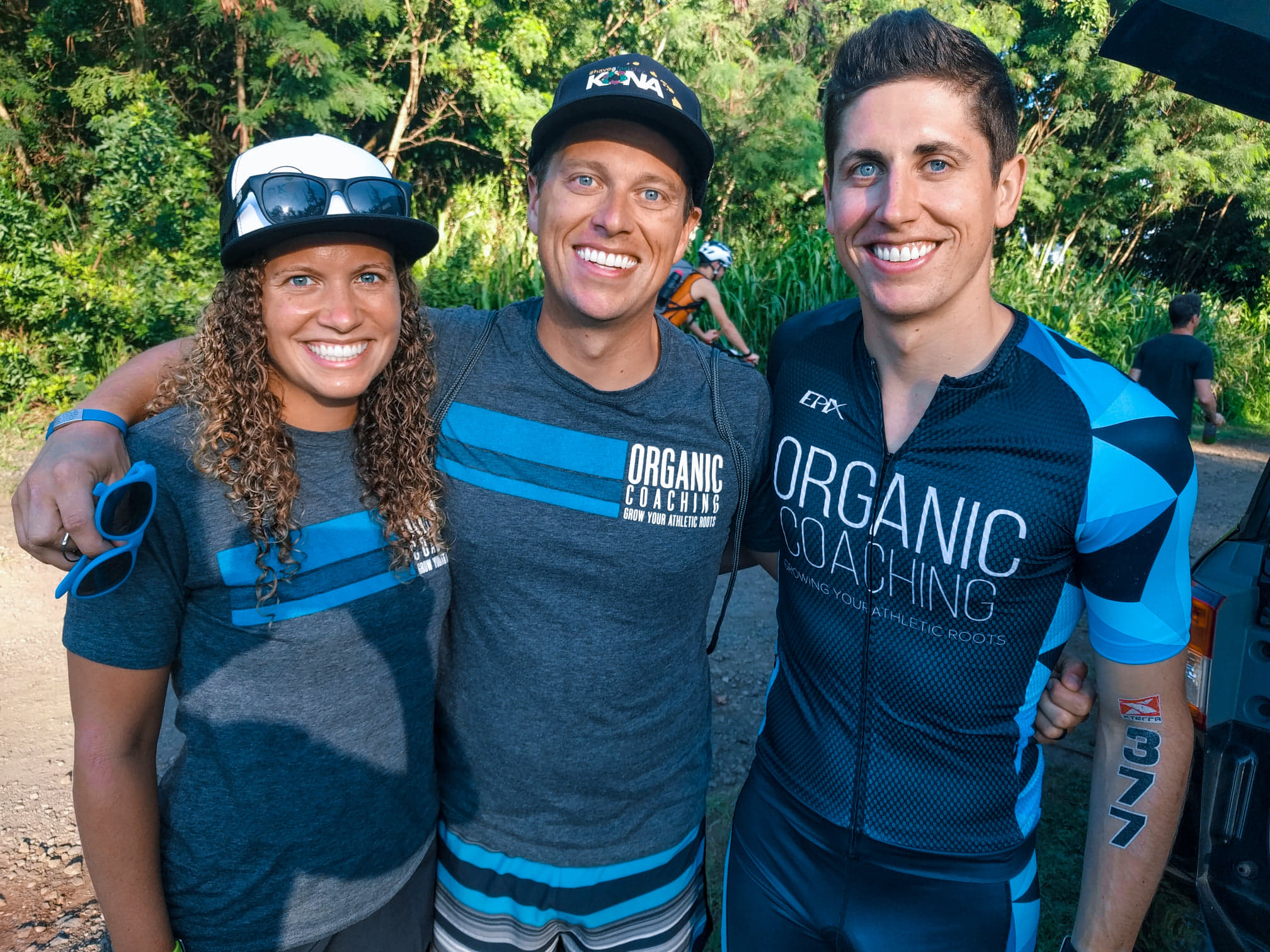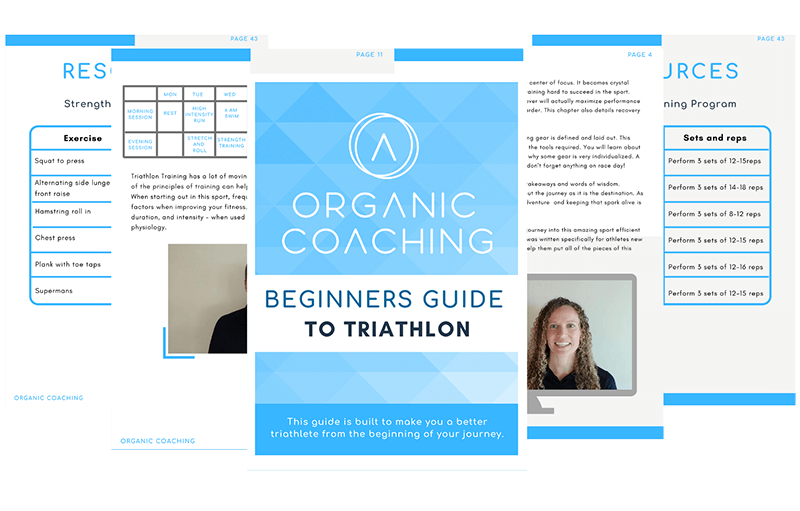
Sugar has been put in a negative light for the past few years; it has been villainized. But, before you put sugar in the “forbidden box” and lock it up. I want to highlight what sugar is, many nutrient-dense foods that contain sugar, and where it can fit in your nutrition plan!
Carbohydrates are split into two main categories – simple versus complex. Glucose, sucrose (table sugar), fructose (fruit sugar), maltose, and lactose (dairy sugar) are simple carbohydrates. All carbohydrates are broken down into the simplest form of sugar, glucose. Glucose provides fuel to your working muscles and gives you that performance edge to have a kick at the end of your race. Glucose is also the only fuel source for your brain. This is why low carbohydrate intake can cause brain fog/ “fuzzy” brain.
Complex carbohydrates are longer strains of carbohydrates that contain fiber. Meaning they take longer to digest and break down in your body. For example, beans, squash, potato, oats, quinoa, brown and wild rice, whole grain tortillas/pastas/cereals, to name a few. But, guess what!? These guys still break down to glucose. Remember, all carbohydrates break down to the simplest form of sugar (glucose) to fuel your body!
There are a variety of nutrient-dense foods that have sugar in them (see simple sugars above). Sucrose is naturally made in all green plants through photosynthesis. Fruits and vegetables contain sucrose, fructose, and glucose while milk products contain lactose. Our Fruits, veggies, and milk products contain vitamins and minerals that provide multiple health benefits! Colorful fruits and veggies are also plentiful in antioxidants and fiber, which is important in blood sugar control and gut health.

Added sugars are any that is not naturally occurring in the food. For example, honey is added to a granola bar or cereal as a sweetener to enhance the flavor. Sugar is added in a wide range of foods from whole grain breads and cereals, to pasta sauce, to dairy products for food preservation, a thickening agent, balancing acidity, and holding in moisture. This does not mean these foods need to be eliminated. Many of the foods that contain added sugars also pack a nutrition punch!
Athletes, that means you do not need to avoid sugar altogether. It can be a huge benefit for performance. Both starches and sugars provide your body with 4 calories per gram and can be used strategically to provide energy for your working muscles (hello performance gains) and replenish muscle or liver as glycogen for rapid recovery. Eliminating sugar is not the answer.
When looking at your day-to-day nutrition, it is important to consider nutrient timing and meal content. Decreasing the consumption of added sugars in your daily nutrition (the nutrition outside of your pre, during, and post-workout) by including more whole foods that contain fiber such as fruits, veggies, and whole grains is going to provide you with the best benefit for overall health. Be an educated consumer and understand the products that have “added sugars” in them including sugary beverages, dairy and dairy alternatives, cereals, and other packaged goods. It is recommended to limit added sugar intake to less than 25 grams per day for females and 36 grams per day for males.
As endurance athletes, there is a time and place to include those simple sugars to fuel and refuel; and, as a part of a balanced nutrition plan. Consider supporting your body with a performance plate that consists of protein, fat, carbs, and color (fruits and veggies) most of the time and adding in those fun foods for celebration, memories, and a quick boost of energy to fly across the finish line.
-Dana Eshelman, MS, RDN, CSSD, METS I
READ MORE: NUTRITION PERIODIZATION

Carly and Tyler Guggemos built Organic Coaching in 2014 with a simple philosophy that works. The idea is to take what you have and grow it to get faster, fitter and stronger. And to do it with the time you have – not the time you wish you had.

For athletes who are ready to take their training to the next level while still thriving and succeeding in their professional and family life.
Copyright © 2024 Organic Coaching LLC